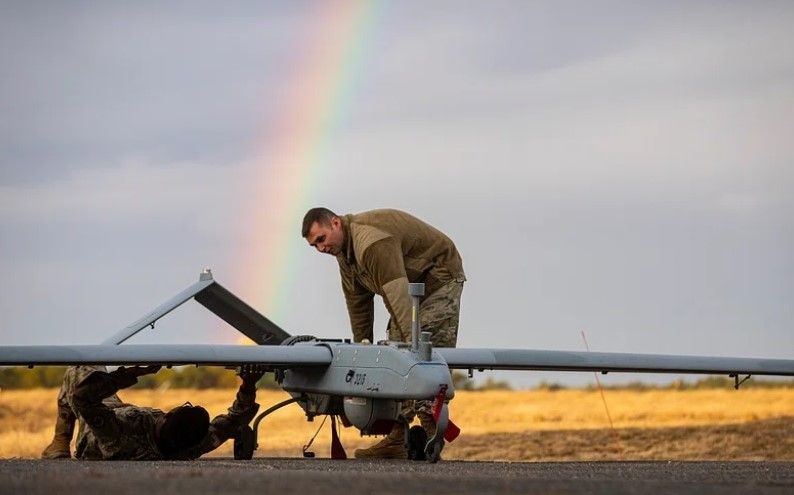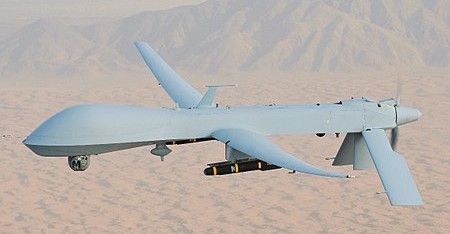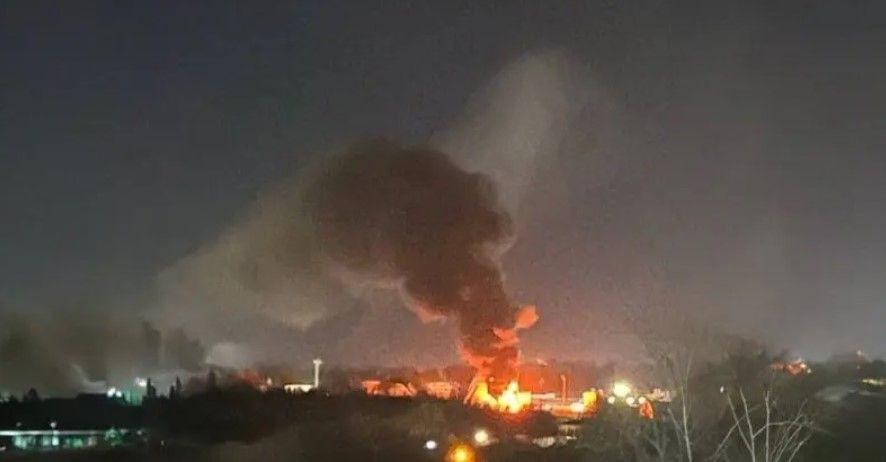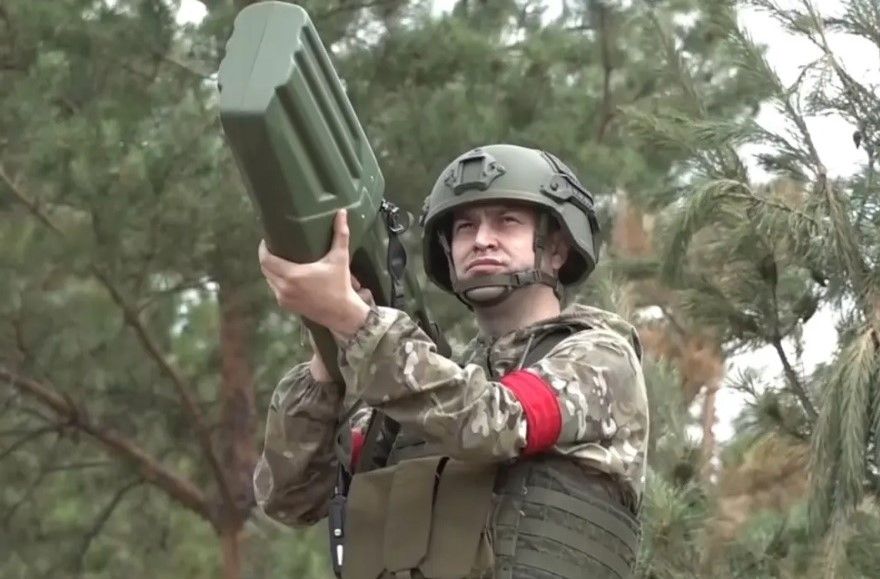The War in Ukraine: A New Era for Drone Manufacturing
Take a look at how drone manufacturers are adapting to the needs of frontline troops in Ukraine.

War is never predictable – a fact which is creating headaches for drone manufacturers. Ever since the Russian invasion of Ukraine, military drones have begun to dominate the battlefield, forcing drone designers and manufacturers to rethink their products. Even roles the roles which drones undertake are now being reconsidered, as technology is pushed to its limits.
The latest changes became evident a few months ago, with the destruction of military warehouses and attacks on oil refineries deep inside Russia.
With America forbidding the use of its weapons on Russian soil, Moscow believed its targets were safe as Ukraine lacked the armament capability to strike so far behind the frontlines. But as the tank depots, plane factories, and oil fields began to explode and burn, it was evident that Ukraine’s military industrial complex had advanced much further than Russian military chiefs had expected.

When the war began, the military drone sector was led by the Americans, whose high-in-the-sky MQ-1 Predator and others like it ruled the market for uncrewed aircraft. Later, Türkiye found considerable economic success with its Bayraktar drones, albeit that they were similar in design and role to the American models. But now that the drone has taken centre-stage on the battlefield as a useful weapon which can fight in the air, on land, and at sea, the Ukrainian drone manufacturing sector has become a new world leader.
Thanks to almost instantaneous feedback from soldiers, Ukrainian drone designers have found ways to use them in attacking tanks, destroying trench systems, fighting in fields and in towns, sinking ships, using small first-person-view (FPV) drones to kill individual soldiers, and now even attacking infrastructure targets hundreds of kilometres inside Russia.
As one Pentagon official recently made clear, saying, “The Ukrainian-made drones are doing very well.”
It is a situation which is having significant repercussions on the global drone sector, as the industry journal Defense News explains, “American companies are finding different demands for their equipment, and in some cases less demand at all.”

Such is the size of Ukraine’s drone production sector, that President Zelenskyy recently announced that the country can build as many as four million drones a year, with contracts signed to manufacture one and half million in 2024 already signed.
While many of these are smaller drones constructed from off-the-shelf parts easily available on the Internet, others are far more technical and capable of packing a punch large enough to destroy an oil refinery from several hundred kilometres away.
Much of that technical advance has been a necessity of war, as Russia has increasingly pushed back its ammunition stores and vehicle depots to ‘safer’ locations while also boosting its counter-drone defences. This means that today, Ukrainian drone designers are experts on drone jamming and disruption techniques.
“There certainly are capability enhancements that have happened very rapidly,” a senior military official informed Defense News under a promise of anonymity. “Also, they are getting more sophisticated in their tactics, techniques and procedures.”

This is not to say that western drone manufacturers have no place in the military drone market, but more that the market is centred around the fighting in Ukraine, with a customer base which is almost entirely Ukrainian. A fact which is making it difficult for foreign companies to find anything more than a niche in the market.
As Chris Brose, chief strategy officer at the American drone company Anduril notes, “They’re probably going to do a better job of meeting their own requirements than nations are going to be able to do for them.”
The result is a drone sector that will most likely be concentrated Ukraine, even after the war is over. As Wahid Nawabi, head of the drone company Aerovironment states, “Ukrainian drone companies in many different domains are going to be a global, legitimate player.”
Clearly the war has changed the role and possibilities of drone design and production for ever. Long gone are the days of seeing drones as merely reconnaissance and single strike aircraft. Instead, they have become multi-faceted tools that have even pushed the most advanced tanks in the world into the backlines, further away from the fighting.
This is largely due to the feedback of what is needed from the customer - supply and demand leading the market. Just that in this instance, the demand is being led by a man in combat gear sitting in a trench outside a village in Donetsk.
As Brose concludes of the drone products made by the designers at Anduril, “We remain in constant connectivity with the units that are using the systems that we’re providing. They are our toughest critics.”
Photo credit: Wikipedia, Freemalaysiatoday, Freemalaysiatoday, & Rawpixel

